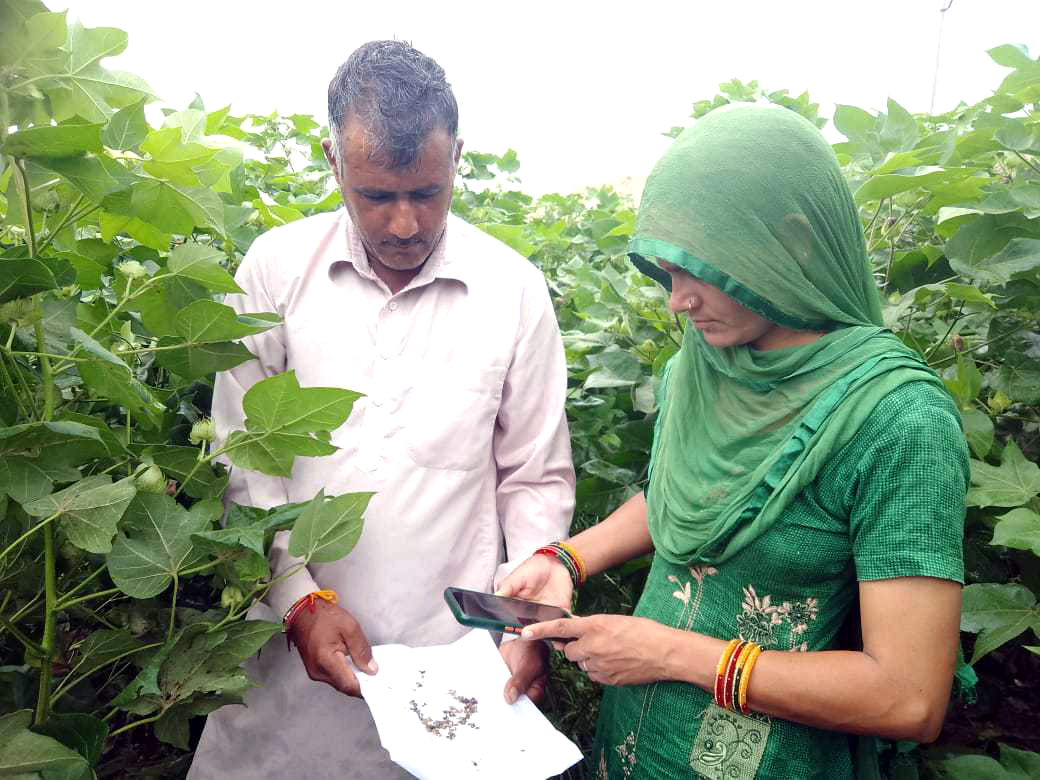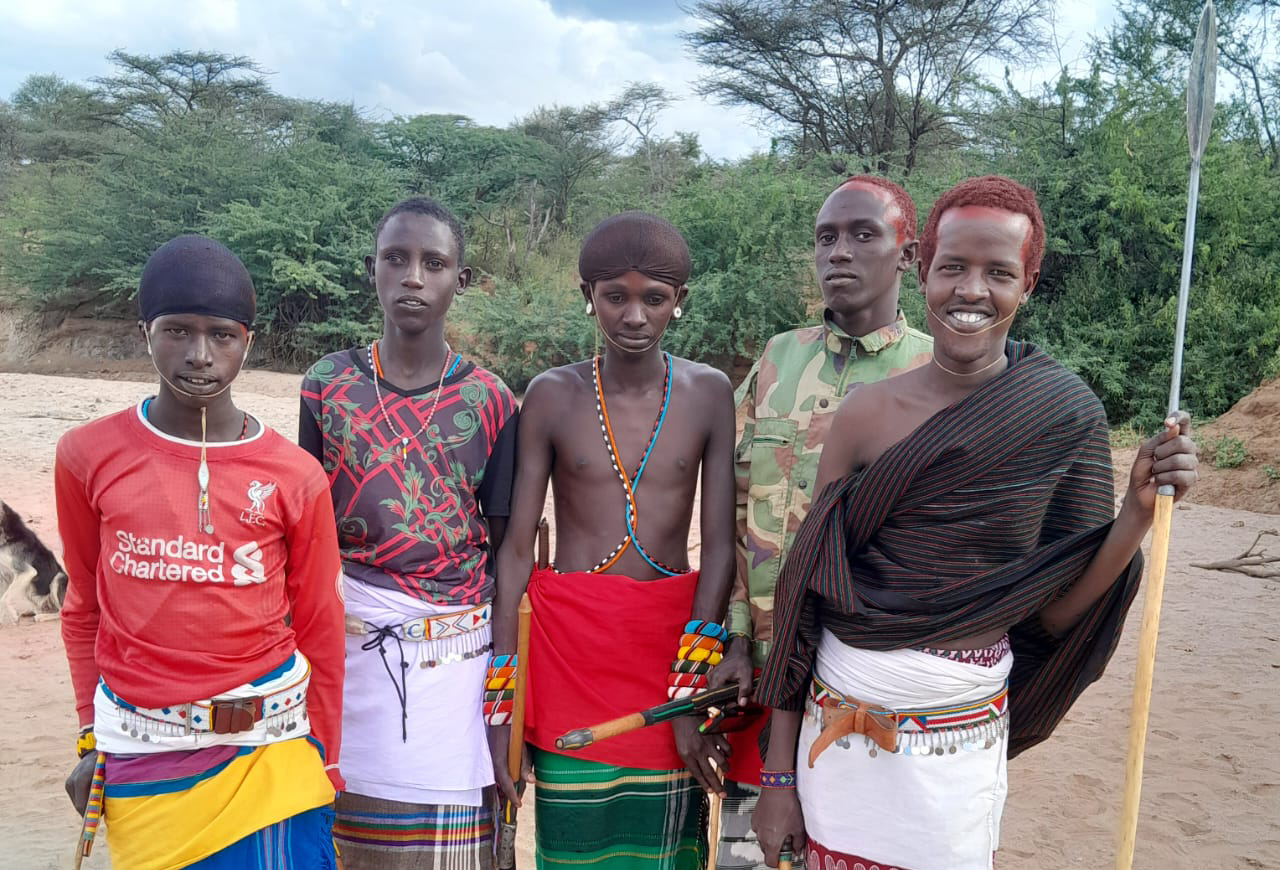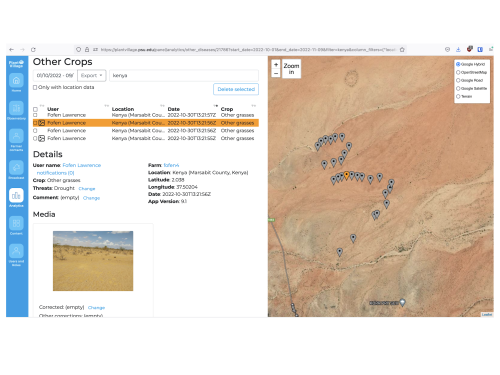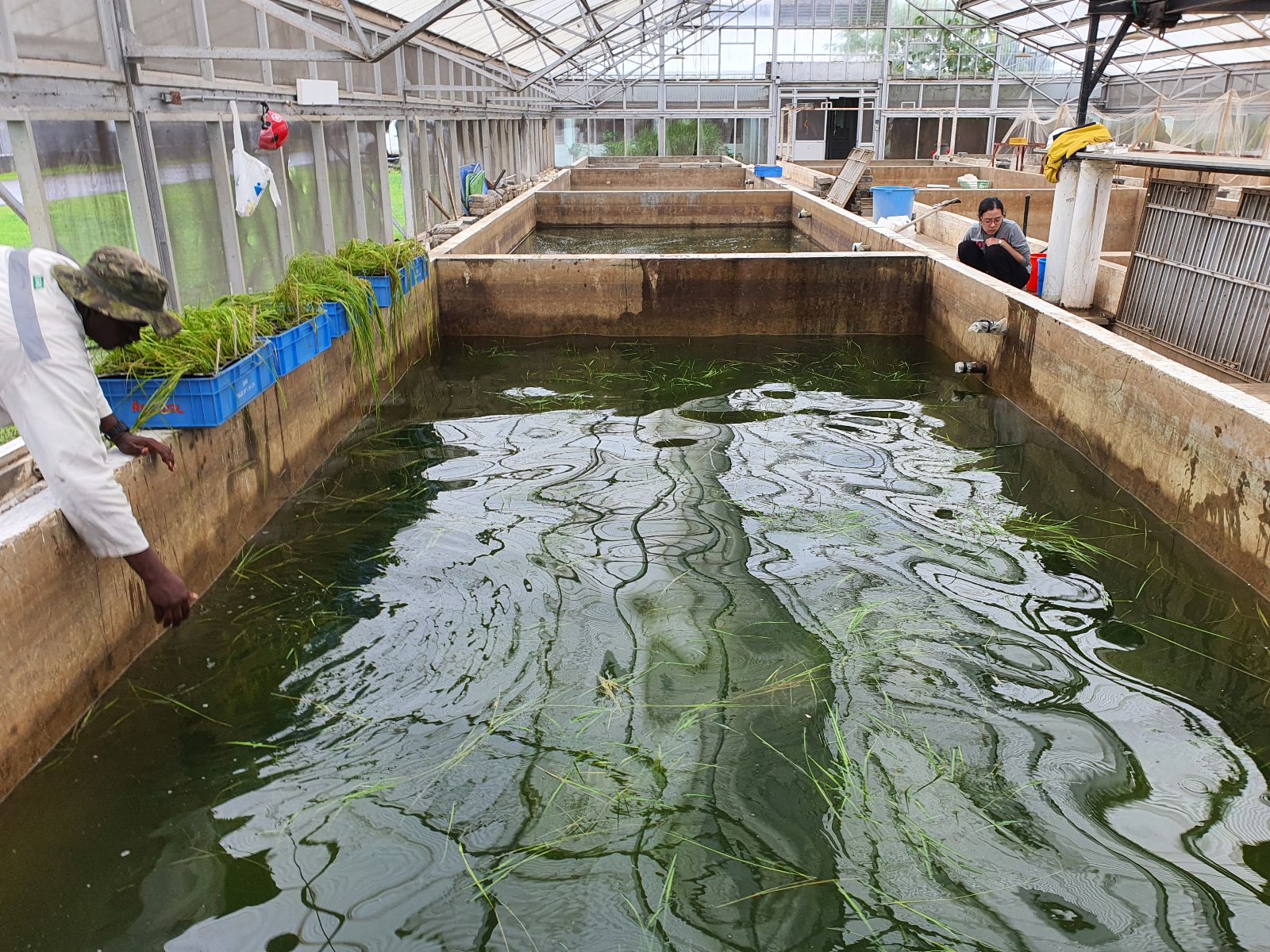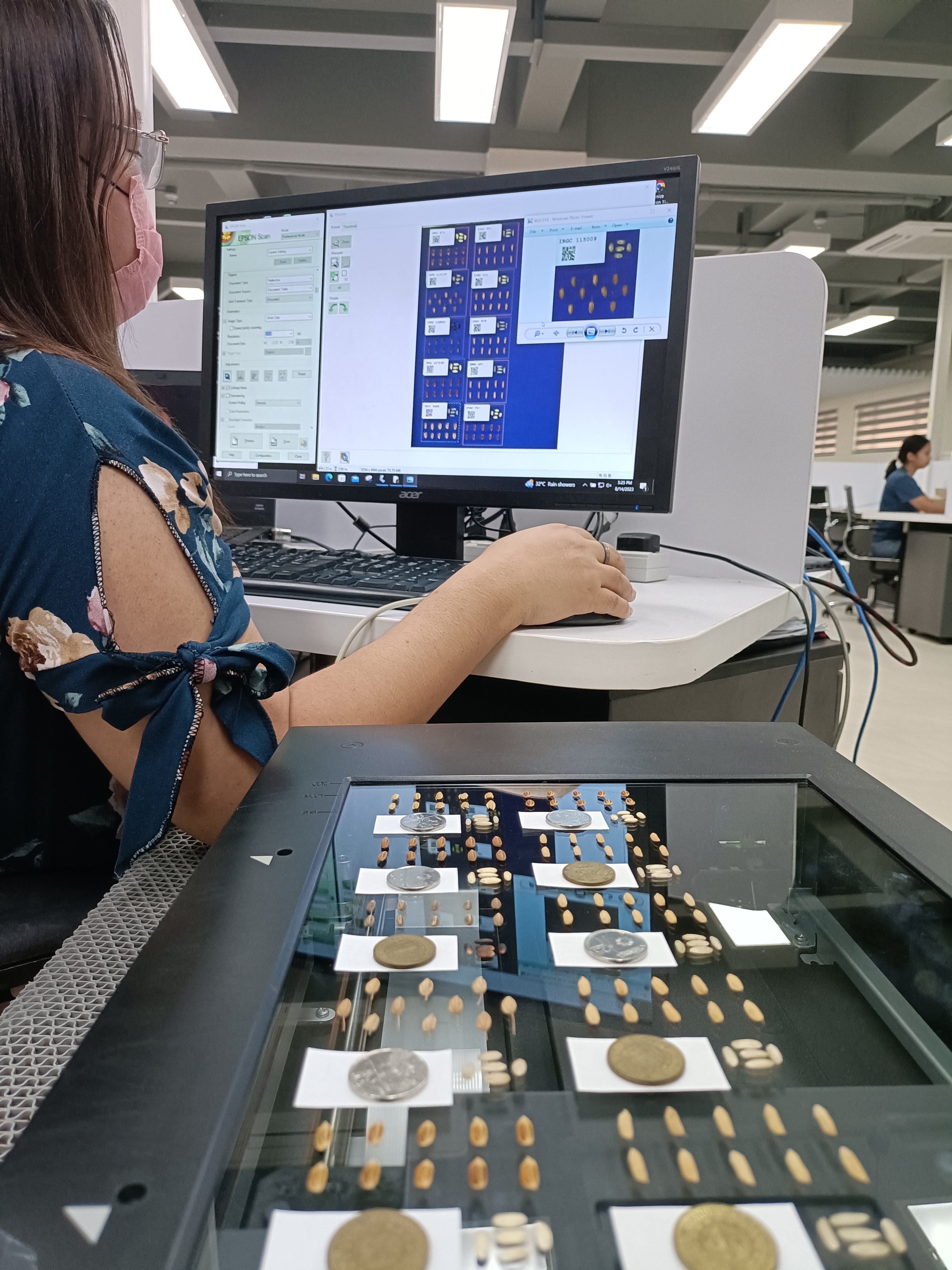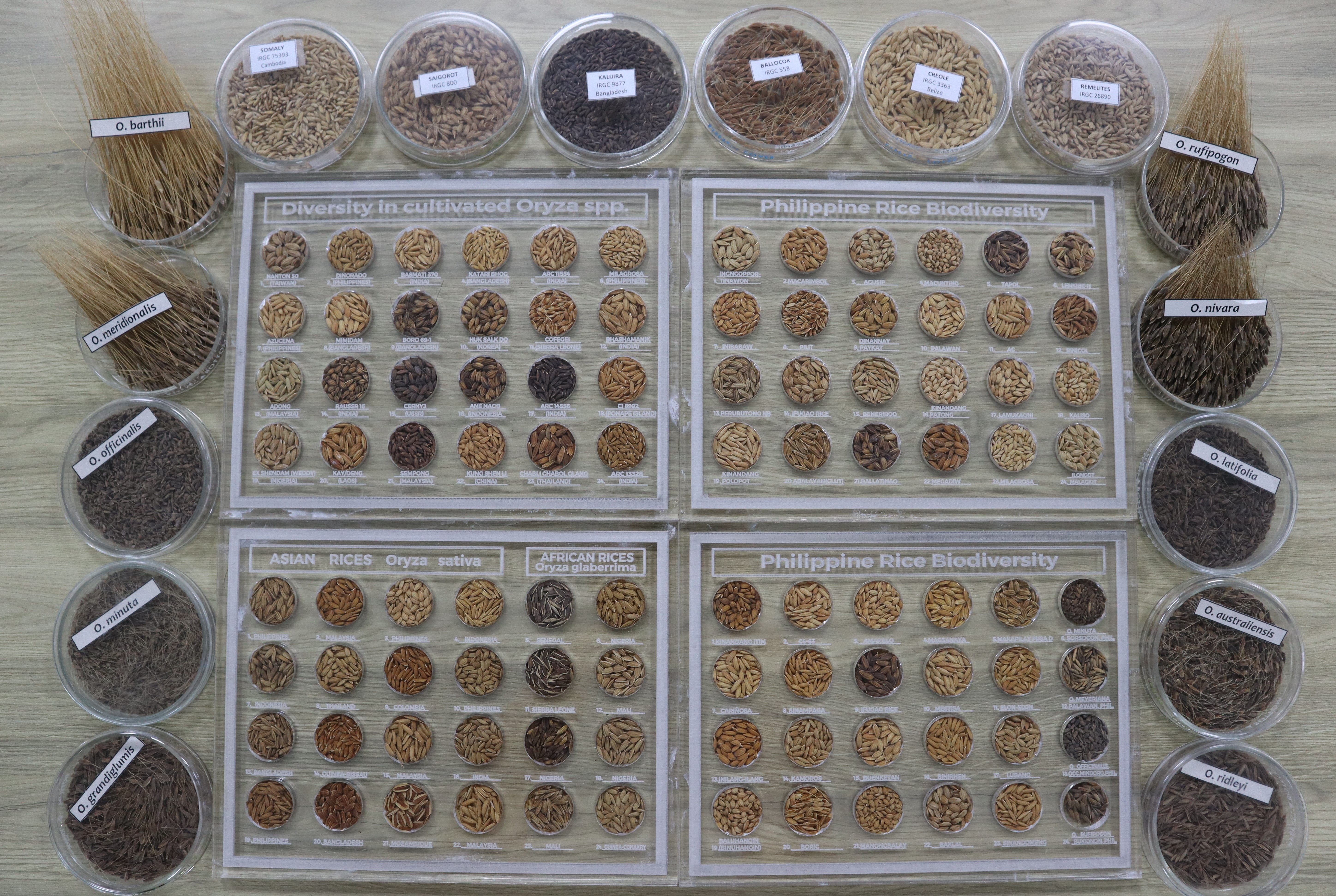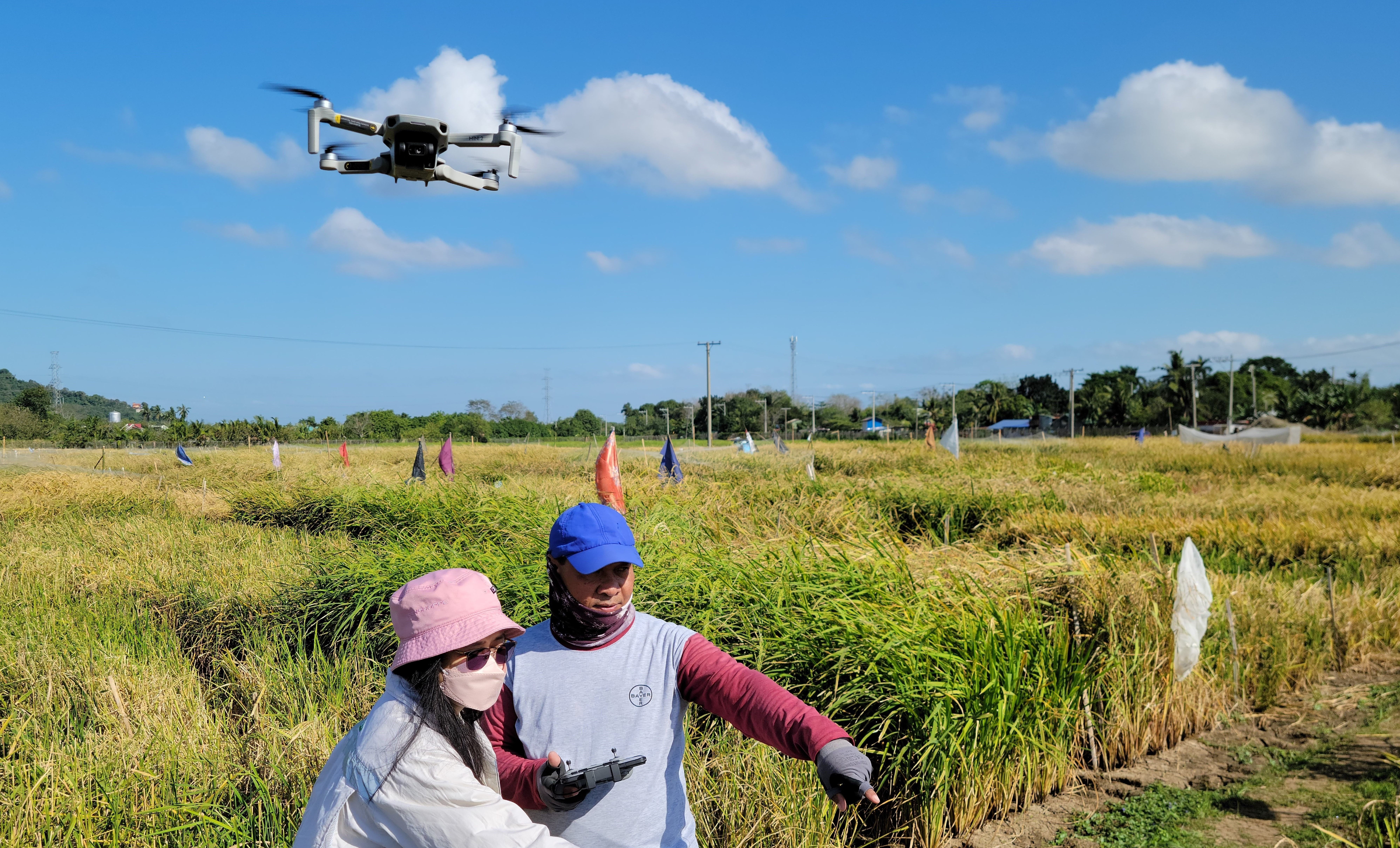
In 2021, around 2.3 billion people in the world were moderately or severely food insecure. And the numbers in recent years have been going in the wrong direction. The impact of extreme heat, droughts, and flooding on farming—all caused by climate change—play no small part in this problem.
Every few weeks on my podcast, Food Lab Talk, I have the opportunity to speak with innovative leaders who are making bold moves to create a better food future for us all. Much of their work aligns with our focus at Google to reduce food waste, which makes up a notable eight percent of the world’s carbon footprint. Something we’re just beginning to get into in these conversations is what we can do to redesign aspects of our food systems to prevent hunger.
One thing that inspires me is the role that AI can play in helping farmers. From deciding what seeds to plant, to protecting crops from pests, local farmers are starting to use AI to help them make data-driven decisions.
